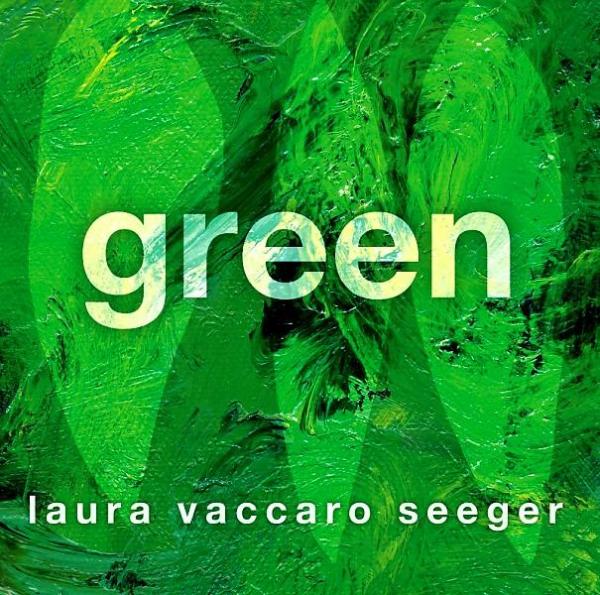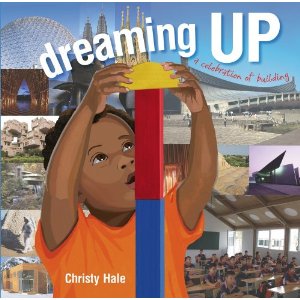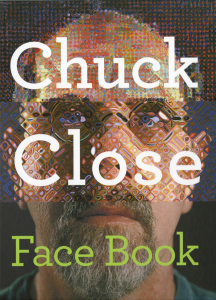This week’s rainy weather is the “perfect storm” to send me to my sofa snuggled up with a stack of good books. I’m a self-proclaimed bookworm, and have blogged before {here and here} about how learning to read is similar to learning to look at art. Both involve making meaning through understanding context as well as visual cues, and the desire to communicate ideas. For many young children, picture books are their first introduction to art and illustration, and thus one of my favorite teaching tools. Here is my latest round-up of books to tuck in your bag on your next visit to the Museum. Or, simply enjoy them at home!
Green by Laura Vaccaro Seeger
Green is exactly what the title proclaims it to be—a beautiful, engaging concept book about the color green. Each two-page spread features a different type of green with a clever cut-out that reveals a peek into the next page. There’s “lime green,” “forest green,” “jungle green,” and “glow green,” to name a few. I used this book with preschoolers to talk about how there’s not just one green, but many, and the illustrations and simple text offered a concrete way for the kids to think of how to describe different shades of a single color by connecting to real-world objects.
- Gallery connection: Read Green in the American painting and sculpture galleries on Level 4 and go on a scavenger hunt to see how many different types of green you can discover in the art.
Dreaming Up: A Celebration of Building by Christy Hale
For every young block-loving builder out there, this book is a dream come true! Illustrations of busy children building structures out of blocks, constructing houses out of playing cards, and finagling a fort out of blankets and pillows are paired with photographs of actual buildings that closely resemble the children’s creations. Frank Lloyd Wright’s Guggenheim Museum, Tokyo’s Yoyogi National Stadium, and Frank Gehry’s Bilbao Guggenheim are just a few of the architectural marvels highlighted. Concrete poems for each structure mimic the shapes of the buildings and show-off the beauty language can create.
- Gallery connection: Bring Dreaming Up and a sketch pad along for a visit to the Formed/Unformed exhibit. Read the book, look at the wonderful variety of chairs on display, and then draw your own design for a new chair!
Mice by Rose Fyleman, illustrated by Lois Ehlert
Two sneaky mice are out in the night getting into all kinds of things! But these “mice are nice,” and their adventures nibbling on treats, climbing into things, and even making art are sure to delight. Ehlert’s signature collage illustration style is built around the use of several simple shapes—triangles, circles, and rectangles and begs to be imitated by young artists.
- Gallery connection: Use Mice as your artistic inspiration and make your own collage characters at the art-making space in the Center for Creative Connections. We provide the paper, tape, and pencils—you provide the imagination!
Chuck Close: Face Book by Chuck Close
What if you could sit down one afternoon with artist Chuck Close and just ask him anything you wanted to? That scenario actually happened for a group of fifth graders in Brooklyn. Armed with questions like “What made you start to draw?” and “Why are your paintings so big?,” these children helped start the conversation that became the basis for this autobiography. A flip-book feature allows readers to mix and match foreheads, eyes/nose, and chins from several of Close’s own self-portraits and offers an up-close look at the small squares that compose each work of art—squares of paint, fingerprints, and leftover bits of paper.
- Gallery connection: The DMA’s piece by Chuck Close isn’t currently on view, but you can discover another artist’s fingerprints hiding in the art by exploring the installations by Karla Black. Or, spend some time in our European galleries sketching the faces you find in the portraits on display.
Happy reading!
Leah Hanson
Manager of Early Learning Programs



